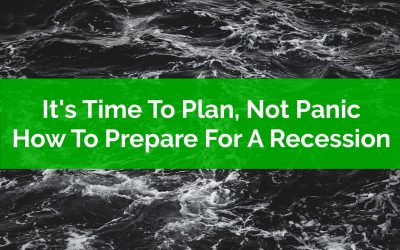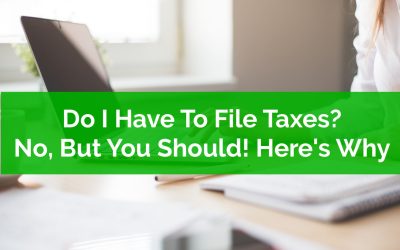Thank you for joining the waitlist!
You’re on the list for early access!
We will contact you via email when we’re ready for you to start your self-directed financial plan. In the mean time here is a quick preview…
Check out our latest blog posts…
It’s Time To Plan, Not Panic: How To Prepare For A Recession
They say the best time to plant a tree was 20-years ago but the second best time is now.
The same goes for financial planning. The best time to build a plan is before a crisis/recession/depression but the second best time is today. A good financial plan will help ensure that you’re prepared for a recession or financial emergency.
Having a financial plan provides an incredible amount of peace of mind. A good financial plan will already have anticipated a scenario like this and will ensure you’re still successful. It will highlight how to prepare for a recession and what changes you need to make to ensure you are successful over the long-term.
There are a few best practices that can help improve the ‘robustness’ of a financial plan. These are practices you can start using right away, even if they weren’t previously part of your plan.
Some of these best practices focus on behavior. They help manage your financial routine during emotional periods like this. Some focus on flexibility. They ensure that you have room in your plan to absorb the unexpected, whether that be changes in income, changes in expenses, or changes in investment returns.
It doesn’t matter if you’re in retirement, starting a family, or just starting to save and invest, there are a number of ways that you can prepare for a recession that will help you feel better about your finances and your long-term plan.
This post will touch on many of these best practices. These are best practices that we’ve covered in previous posts, so we’ll cover the basics here and link to past posts for more detail.
Great Low Risk Investments And Where They Fit Into Your Plan
Low risk investments are an important part of every financial plan. There are certain reasons we want to use low risk investments in a plan and there are different types of low risk investments that we may want to consider.
Often we can become too focused on increasing investment return to appreciate the usefulness of a low risk investment. When used appropriately, a low risk investment provides an important source of funds in an emergency, or provides less volatility in our investment portfolio, or provides a psychological advantage that may help us avoid making a behavioural mistake during a downturn.
There are a few places that low risk investments will show up in a typical financial plan. If you haven’t considered these uses for low risk investments then it might be time to get a second opinion on your financial plan…
1. Emergency fund
2. Saving for infrequent expenses
3. Saving for a down payment (Or other short term financial goal)
4. Fixed income portion of an investment portfolio
These are some of the typical uses for low risk investments but what are some good low risk investments to use and which of these uses would they be appropriate for?
Do I Have To File Taxes? No, But You Should! Here’s Why…
Do you have to file taxes each year? Technically no, if you meet certain criteria, but you probably should anyway.
Filing taxes doesn’t have to be difficult. There are many great tools and resources that can help make filing taxes easy. But the longer you put it off the more difficult it will become. So even if you don’t need to file it’s a good idea to do it every year.
Technically the government doesn’t force you to file taxes unless you meet certain criteria. If the government owes you money in the form of a tax refund then they’re happy to hold onto that money for you indefinitely. As you’ll see below, there are certain criteria that the government looks at when determining if you need to file a tax return or not.
But even though you may not NEED to file a tax return you probably should. There are many good reasons to file your tax return each year.
Not filing a tax return may mean that you’re leaving money on the table, not just in the form of a tax refund but also the potential government benefits that you may be eligible for.



